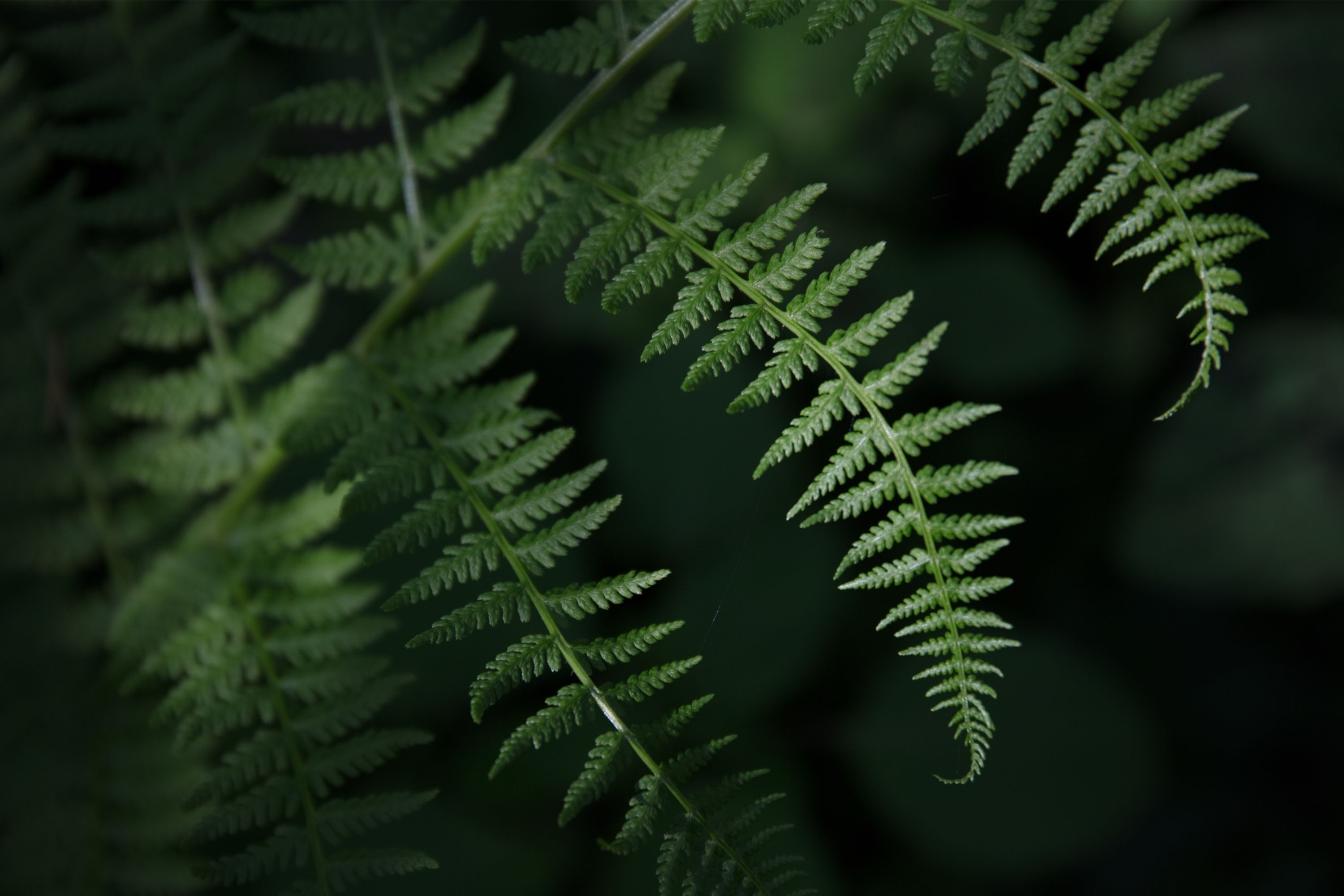Jewelled chain fern
(Woodwardia unigemmata)

Description
Woodwardia unigemmata, the jewelled chain fern, is a species of evergreen fern native to Eastern Asia from the Himalayas to China, Japan and the Philippines. Growing to 1.5 m (4.9 ft) tall by 2.5 m (8.2 ft) broad, it bears pinnately-divided fronds which emerge red and turn green when mature. It occurs in areas of high rainfall. This plant is grown as an ornamental, and in the UK has gained the Royal Horticultural Society’s Award of Garden Merit. It is an imposing architectural subject which is thought to be hardy down to −10 °C (14 °F). However it requires a sheltered position in well-cultivated, reliably moist soil. Woodwardia is a genus of ferns in the family Blechnaceae, in the suborder Aspleniineae (eupolypods II) of the order Polypodiales. Species are known as chain ferns. The genus is native to warm temperate and subtropical regions of the Northern Hemisphere. They are large ferns, with fronds growing to 50–300 cm long depending on the species. The fossil record of the genus extends to the Paleocene. Woodwardia was first described by James Edward Smith in 1793. It was named after Thomas Jenkinson Woodward. When broadly circumscribed, the genus contains about 15 species (plus some hybrids). In the Pteridophyte Phylogeny Group classification of 2016 (PPG I), the genera Anchistea and Lorinseria (each with one species) are kept separate.
Taxonomic tree:







